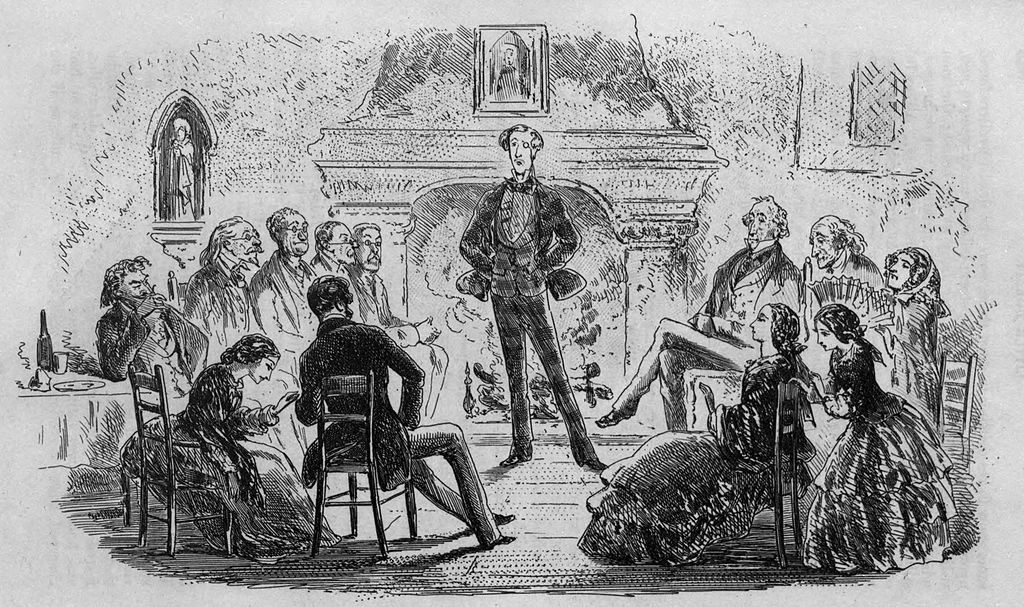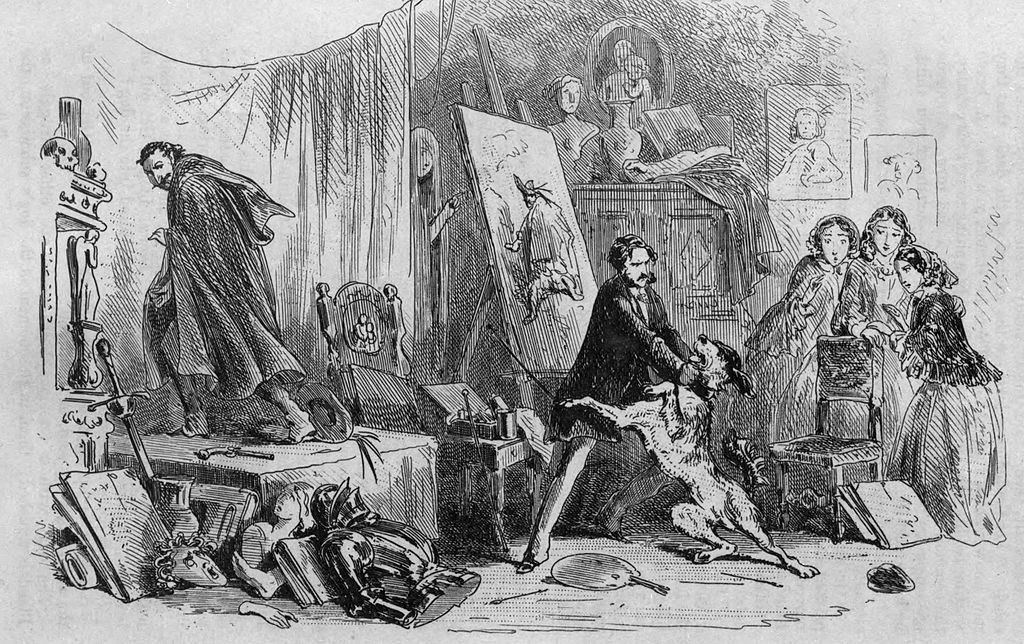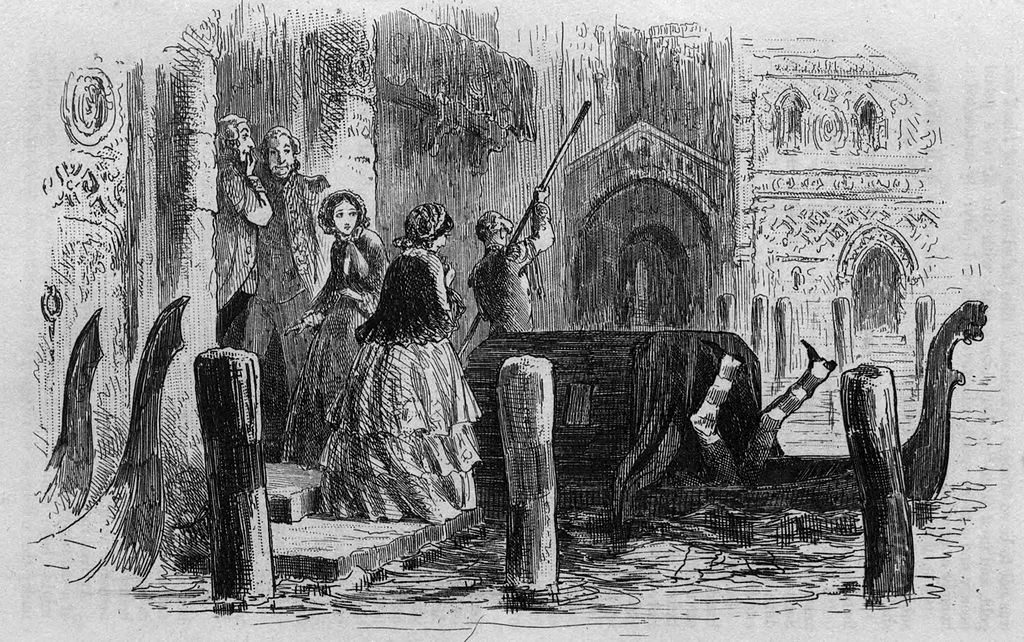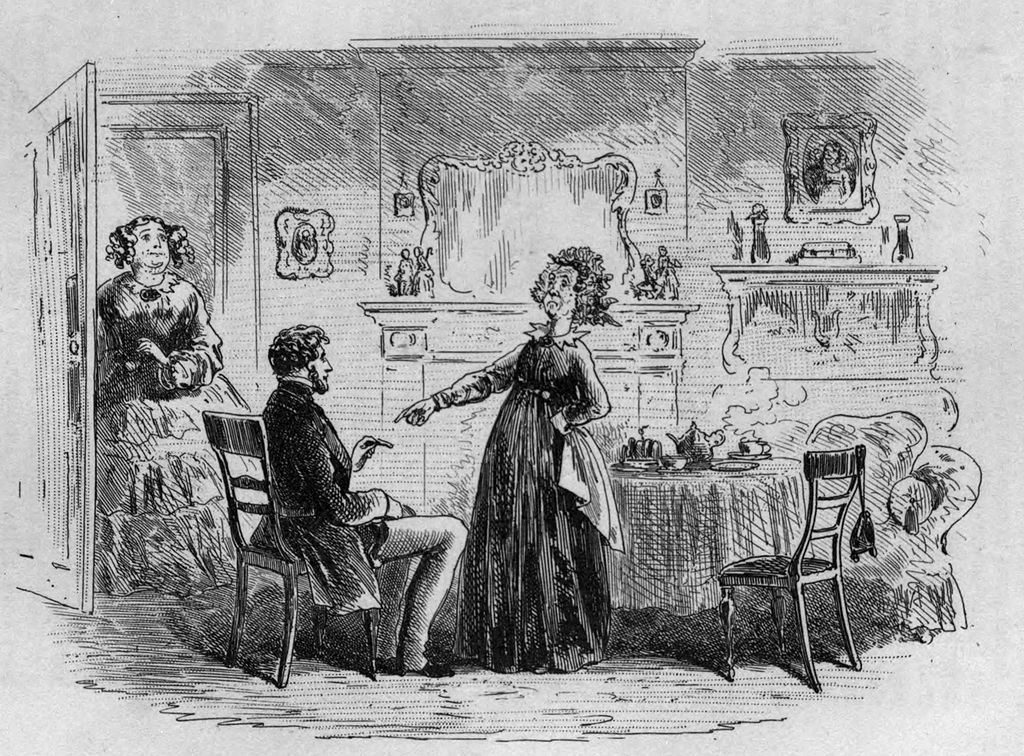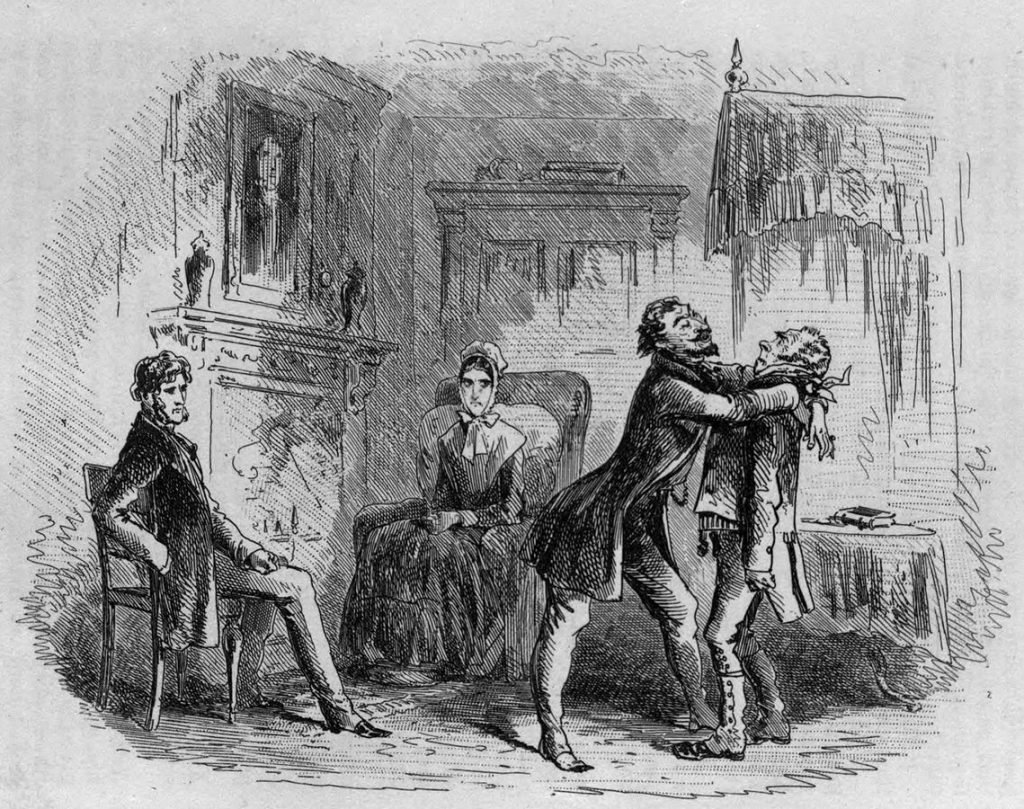
David Brownell
I live in San Francisco. My parents had a set of Dickens’ novels, so I started reading them while I was a child in Western North Carolina, and have kept on reading Dickens ever since. When I was in college, my senior thesis was on his novel Great Expectations. I was trying to look at the differences between the novels that were published in monthly installments, like Little Dorrit, and those that were published in shorter weekly installments, like Great Expectations. Two years after I graduated from Harvard, I returned there for graduate school and got a Ph.D. It was in English and American literature, and my fascination was with the nineteenth century novel. I’ve been reading those novels ever since, even though I only taught for a few years. Most of my career was as an editor.
More Questions Than Answers
The beginning of Book 2 is a good place to pause and think about the novel’s structure. Dickens was very concerned with the structure of his novels. To begin with, he had to fit his story into 20 monthly numbers (well, actually 19: the final number was double-length). In the course of each number he had to keep the reader aware of the characters: he didn’t want a reader to say, “Who’s this guy? I don’t remember him.” You can see Dickens planning his numbers if you look at his writing notes, which are reproduced in the back of your edition.
Starting the first number “Book 1: Poverty” means that he knew that the second half of the book was going to be “Book 2: Riches.” He ends Book 1 exactly halfway through the novel, at the end of the tenth serial number.
The start of a new book is a good place to make predictions. How do you think becoming rich will affect the Dorrit family? Dickens is very concerned with the effects a bad childhood have on a character’s personality and actions. Can the Dorrits overcome the effects of so many years in the Marshalsea?
At this point are there characters you expect to play a larger part in Book 2? If you were the author, planning the second half of the book, what developments would you put into it? How do they relate to “Riches”?
Are the people who are already rich happy? Or admirable? What effects has money had upon them?
Look at the first chapter of Book 2, “Fellow Travelers.” Do you remember that Dickens used the same chapter title for the second chapter of Book 1? How are the two chapters similar in setting? This chapter also refers back to the first chapter of Book 1, since Rigaud AKA “Blandois” reappears. It seems to me that a guiding idea for Dickens in this book is that people who don’t know one another and are brought together seemingly accidentally can affect one another’s lives. Dickens often gets criticized for the coincidences in his plots—but perhaps that’s how he sees life as happening.
Why do you think Dickens makes a point of not telling you the names of the people gathered at the Monastery until the end of the chapter? (See his planning notes: not telling was something he did deliberately.)
How does Mrs. General’s approach to life fit with the way the Dorrits are treating their past? “Nothing disagreeable should ever be looked at.” (501)
Which characters dislike “Blandois”? Do they have anything in common?
Since Book 1 started in a prison, this is a good time to count up the various prisons we’ve encountered in the book so far. Which characters are shut up in a prison they’ve made for themselves?

